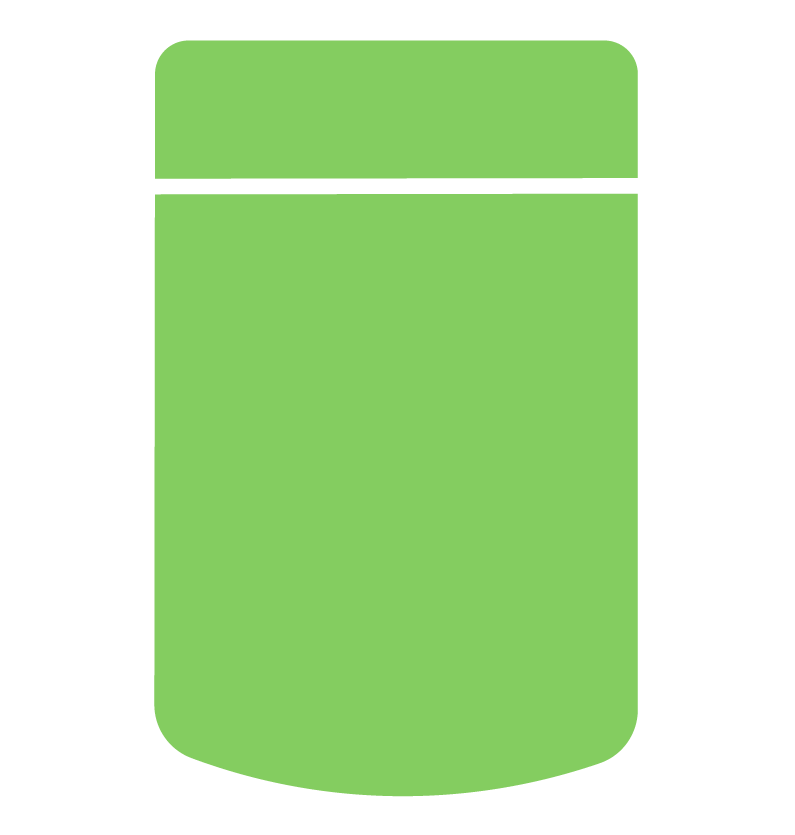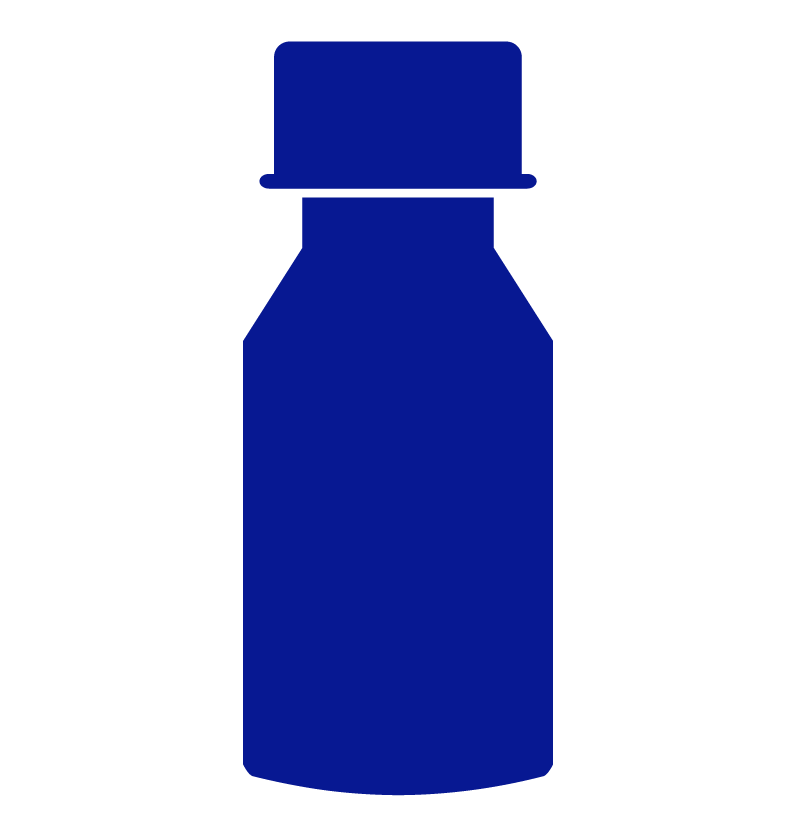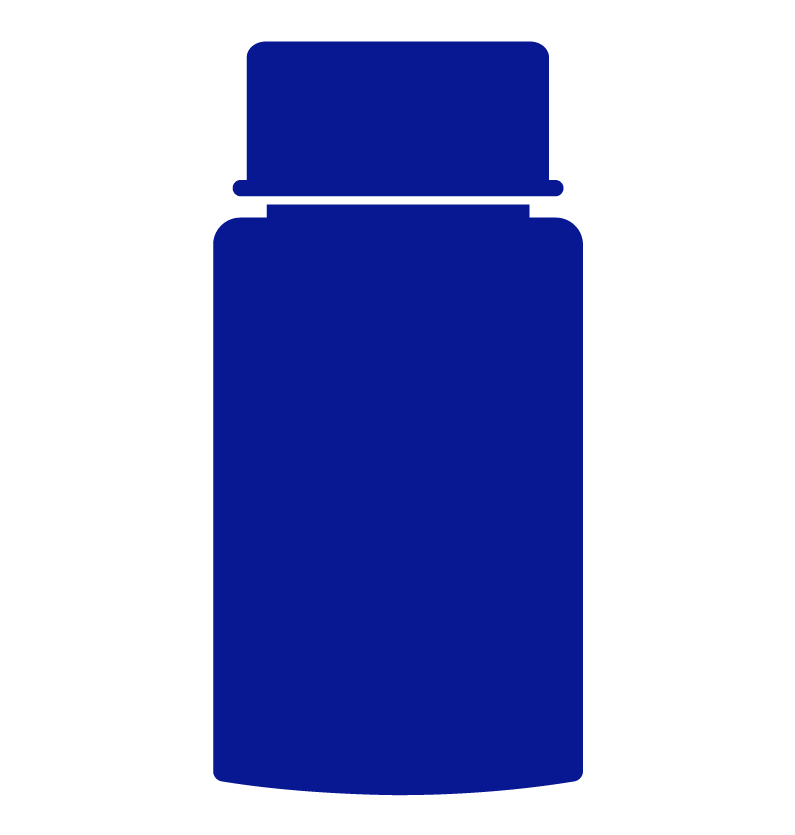The Coronavirus (COVID-19) pandemic is coming closer to an end as everything has started to shift back to normal, however its effects in physical and mental health on millions of people are still very relevant. Given the well-established relationship between stress and pain, stress related to the pandemic may exacerbate pain and impair functioning in people with chronic pain.
Pre-existing chronic pain conditions, such as fibromyalgia and arthritis, may be a risk factor for long COVID patients because they may experience symptoms of worsening pain, sleep, mood, and general well-being. The pandemic has also resulted in a rise in new-onset immune diseases and musculoskeletal disorders.
Muscle and joint pain are common symptoms during most acute viral illnesses, including COVID infection. In persons with acute COVID infections, the pain is thought to be a non-specific expression of the acute, inflammatory response, and it affects 20% to 30% of people. These symptoms worsen in people who have been hospitalized for severe COVID and can result in muscle wasting brought on by physical inactivity.
Recognizing the potential connection between pre-existing chronic pain conditions and long-COVID will allow for a more tailored approach to diagnosis and management. If you have specific questions regarding your chronic pain, please speak to your Healthcare Provider for a tailored treatment plan.
NEED HELP WITH A TAILORED TREATMENT PLAN?





